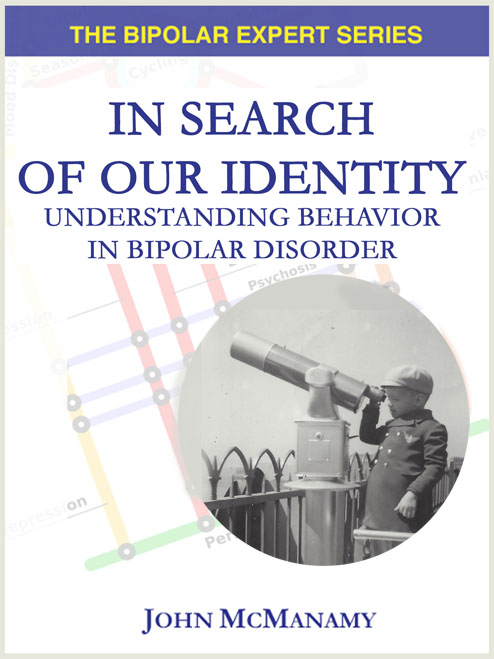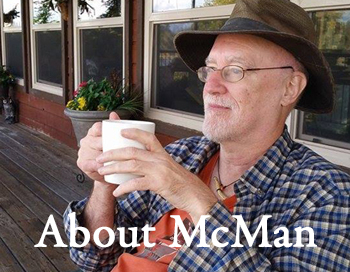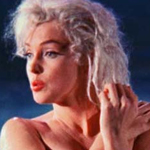
Science
 JILL BOLTE TAYLOR'S STROKE OF INSIGHT
JILL BOLTE TAYLOR'S STROKE OF INSIGHT

JILL BOLTE TAYLOR was a 37-year-old Harvard neuroanatomist about to arise for another day at work. Her brain had other ideas. A piercing pain struck her behind the left eye. A blood vessel had just exploded deep inside her cortex, spewing blood into the left hemisphere.
Dr Taylor didn't realize yet that she was undergoing a stroke. She got to her exercise machine, where she felt herself suspended in a dream state. She stumbled into the shower, where she lost touch with a lot of her old reality, or, rather, she encountered a new reality. As she describes it in her 2006 book, "My Stroke of Insight":
My body was propped against the shower wall and I found it odd that I was no longer aware that I could no longer clearly discern the physical boundaries of where I began and where I ended. I sensed the composition of my being as that of a fluid rather than as a solid. I no longer perceived myself as a whole object separate from everything. Instead, I now blended with the space and flow around me. ...
In her book, Dr Taylor compares her state to the type of Nirvana that mystics devote their entire lives to attaining. In her case, there was one catch: she would be dead if she didn't find a way of getting out of the shower and to the phone. But to do that, she needed to bring the left hemisphere of her brain back online.
The brain is essentially two processing units, Dr Taylor explains. The right hemisphere functions like a parallel processor while the left functions like a serial processor. The right brain is all about the present moment, nonjudgmental, when everything and everyone are connected as one. The left brain, by contrast, makes separations and judges.
Yet the two parts of the brain, through 300 million connecting axonal fibers in the corpus callosum, work together. The order and logic of the left brain makes no sense without the intuitions and sensations and emotional colorings of the right - and vice-versa. Those who think outside the box are credited with being in tune with their right brains, but the ability to think rationally is not to be sneezed at.
Dr Taylor stepped out of the shower, determined to get ready for work. It was only when her right arm dropped paralyzed against her side that she realized she was having a stroke. As the light in her left brain flickered, she became in thrall to the luminescence of her right brain. As she describes it:
SIGN UP FOR MY FREE EMAIL NEWSLETTER
In the absence of my left brain's analytical judgment, I was completely entranced by feelings of tranquility, safety, blessedness, euphoria, and omniscience.
Somehow, she made it to her desk, but by now she had no recollection of what number to dial, much less a working concept of numbers. She searched through a stack of business cards, but her brain only perceived the printed information as pixels. After 35 minutes, she recognized a logo on one of the cards as somehow being the one that contained the vital number. Then followed a tortuous process of making the call. When she finally got connected, her speech was incoherent. She put down the phone, and made it to the door and undid the deadbolt. Then she slumped on the couch, waiting.
As she was transferred in an ambulance in transit from one hospital to another, she felt a sense of release. She recalls:
The electrical vitality of my molecular mass grew dim, and when I felt my energy lift, my cognitive mind surrendered its connection to, and command over, my body's physical mechanics. ... I clearly understood I was no longer the choreographer of this life. ...
The doctors managed to stabilize her at the hospital, and two weeks later they surgically removed a blood clot the size of a golf ball. It would take her eight years to fully recover from her stroke, but already she was a different person, one who appreciated the beauty of just "being" as opposed to always "doing." One of the major challenges in our lives, she says, is successfully integrating the two distinct personalities of our brains.
Dr Tayor's stroke of insight involved the realization that deep inner peace is just a thought/feeling away, seated in the circuitry of the right brain. As much as she was grateful to have her left brain back online, she was not prepared to write off her stroke-induced mystical experience. After all, Dr Taylor was a brain scientist. She had clearly stumbled onto something highly significant. Could she once again access the part of the brain responsible for this experience? Or at least a little piece of it? This time without undergoing a stroke?
"The left brain would rather be right than be happy," Dr Taylor told an audience at the 2011 NAMI national convention. By the same token, a lot of mental illness has to do with deficits in thinking linearly. Can't live with the left brain, can't live without it. This is where it gets tricky.
We are literally born with two times the neurons we need, Dr Taylor explained. For the first 10 to 12 years of life, it's all about me-me-me. Then, around the time we start prioritizing our activities and preparing for adulthood (say by dropping sports and sticking with music) the dendrites start to prune back 50 percent. Teens are literally losing one-half of their minds. Thus, if you stop playing sports during puberty it's very hard to go back as an adult. "Suddenly, you don't know half the stuff you need to know."
Things have changed. Life has become very uncomfortable. The amygdala - fear central - is on the alert. In teen-age boys, testosterone receptors increase on the amygdala. Teen-age boys become explosive, the primal teen. The pruning goes on till about age 25. Literally, teen-hood extends into our mid-twenties.
Not uncoincidentally, it is during these years of development that mental illness manifests in full measure.
Ultimately, Dr Taylor said, the amygdala is asking the question moment-by-moment: "Am I safe?" If the answer is no, learning and the ability to remember new things switch off. Ultimately, it is our job to create the energy to feel safe.
Neuroscience, Dr Taylor told her audience, supports recovery. In the hippocampus, the seat of laying down new memories, new brain cells can grow (a process called neurogenesis). Likewise, throughout the brain, neurons can support each other in laying down new circuitry (neuroplasticity).
There are two types of stimulation, she went on to say - attraction and repulsion. But our cognitive systems can override these stimulations. "The bottom line," she said, "is we can pick and choose where to take our nervous system." When you change the game, everything changes. Literally, we can pick which circuits we want to run.
The catch is we are less than adept at it. It only takes about 90 seconds to flush a thought and its attendant emotions out of our conscious minds. But we have an unfortunate tendency to rerun our thoughts. "Pay attention to what you're running," Dr Taylor urged. "You get to pick and choose what's going inside your brain."
Healing is possible, but it doesn't happen overnight. "Give my brain time to recover," Dr Taylor implored her audience. "Neurons are in very slow motion." They also need rest, not overstimulation - sleep, lots of it, if that is what it takes to feel energized, even if only for short stretches of time. Her mother, she said, went completely against protocol in letting her sleep - which ultimately allowed her brain to mend.
If Dr Taylor comes across as something of a Buddhist, it's because modern brain science is validating ancient wisdom. Prior to her stroke of insight, Dr Taylor made appearances as "the singing scientist," guitar in hand, urging people to donate their brains (once they've finished using them) to support vital scientific research. A decade-and-a-half later, she is doing the same thing.
Before enlightenment - chop wood, carry water. After enlightenment - chop wood, carry water.
Update: Jan 8, 2017. Dr Taylor's Feb 2008 TED Talk is cited as one of the 20 most popular TED Talks of all time.
First published as three blogs July and Sept 2011, reshaped into an article Sept 15, 2011 , reviewed Jan 8, 2017.
NEW!
Follow me on the road. Check out my New Heart, New Start blog.












